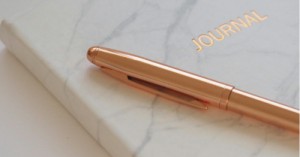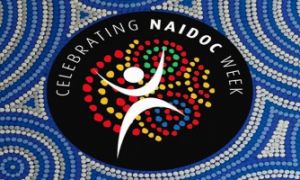A: There’s no fixed number of observations required from educators across all early childhood services in Australia—it depends on your service’s philosophy, policies, and the needs of the children.
Key Insights
-
Quality over quantity is the recurring theme. Educators are encouraged to focus on meaningful, reflective observations rather than hitting a quota.
-
Some services aim for 1–2 observations per child per month, especially if linked to planning cycles or learning outcomes.
-
Others use a weekly group observation model, supplemented by individual observations when something significant occurs.
-
Educational Leaders often recommend flexibility—allowing educators to document when they see genuine learning moments rather than forcing a schedule.
Steps to Create a Flexible Observation Schedule
1. Start with Your Planning Cycle
- Align observations with your weekly or fortnightly programming cycle.
- Use observations to inform planning, not just to meet quotas.
2. Set Minimum Guidelines, Not Rigid Quotas
- Example: Aim for 1–2 individual observations per child per month, but allow flexibility.
- Encourage group observations and learning stories to capture shared experiences.
3. Use a Rotational System
- Divide children into small groups and rotate focus weekly.
- Week 1: Group A, Week 2: Group B, etc.
- This ensures every child is observed regularly without overwhelming staff.
4. Empower Educators to Document When It Matters
- Let educators choose moments that reflect learning, development, or well-being.
- Encourage spontaneous documentation when something significant happens.
5. Incorporate Team Reflection
- Hold weekly team meetings to review observations and identify gaps.
- Use this time to support educators who may be struggling with documentation.
6. Review Monthly
- Check for balance across children, learning areas, and formats (photos, stories, notes).
- Adjust based on educator feedback and children’s evolving interests.
Best Practice Tips
-
Align observations with the Early Years Learning Framework (EYLF) outcomes.
-
Use critical reflection to determine whether the observation adds value to the child’s learning journey.
-
Consider using learning stories, photo documentation, or group reflections to reduce pressure while maintaining quality.
Further Reading
Observations in Childcare
Different Types Of Observation Methods
Opinion: Are We Documenting Learning Or Drowning In It?
Q: What Is A Jotting Observation
Writing Observations For Babies
Q: How Do I Observe a Child's Interest?
Observations







 Here is the list of the EYLF Learning Outcomes that you can use as a guide or reference for your documentation and planning. The EYLF
Here is the list of the EYLF Learning Outcomes that you can use as a guide or reference for your documentation and planning. The EYLF The EYLF is a guide which consists of Principles, Practices and 5 main Learning Outcomes along with each of their sub outcomes, based on identity,
The EYLF is a guide which consists of Principles, Practices and 5 main Learning Outcomes along with each of their sub outcomes, based on identity, This is a guide on How to Write a Learning Story. It provides information on What Is A Learning Story, Writing A Learning Story, Sample
This is a guide on How to Write a Learning Story. It provides information on What Is A Learning Story, Writing A Learning Story, Sample One of the most important types of documentation methods that educators needs to be familiar with are “observations”. Observations are crucial for all early childhood
One of the most important types of documentation methods that educators needs to be familiar with are “observations”. Observations are crucial for all early childhood To support children achieve learning outcomes from the EYLF Framework, the following list gives educators examples of how to promote children's learning in each individual
To support children achieve learning outcomes from the EYLF Framework, the following list gives educators examples of how to promote children's learning in each individual Reflective practice is learning from everyday situations and issues and concerns that arise which form part of our daily routine while working in an early
Reflective practice is learning from everyday situations and issues and concerns that arise which form part of our daily routine while working in an early Within Australia, Programming and Planning is reflected and supported by the Early Years Learning Framework. Educators within early childhood settings, use the EYLF to guide
Within Australia, Programming and Planning is reflected and supported by the Early Years Learning Framework. Educators within early childhood settings, use the EYLF to guide When observing children, it's important that we use a range of different observation methods from running records, learning stories to photographs and work samples. Using
When observing children, it's important that we use a range of different observation methods from running records, learning stories to photographs and work samples. Using This is a guide for educators on what to observe under each sub learning outcome from the EYLF Framework, when a child is engaged in
This is a guide for educators on what to observe under each sub learning outcome from the EYLF Framework, when a child is engaged in The Early Years Learning Framework describes the curriculum as “all the interactions, experiences, activities, routines and events, planned and unplanned, that occur in an environment
The Early Years Learning Framework describes the curriculum as “all the interactions, experiences, activities, routines and events, planned and unplanned, that occur in an environment


